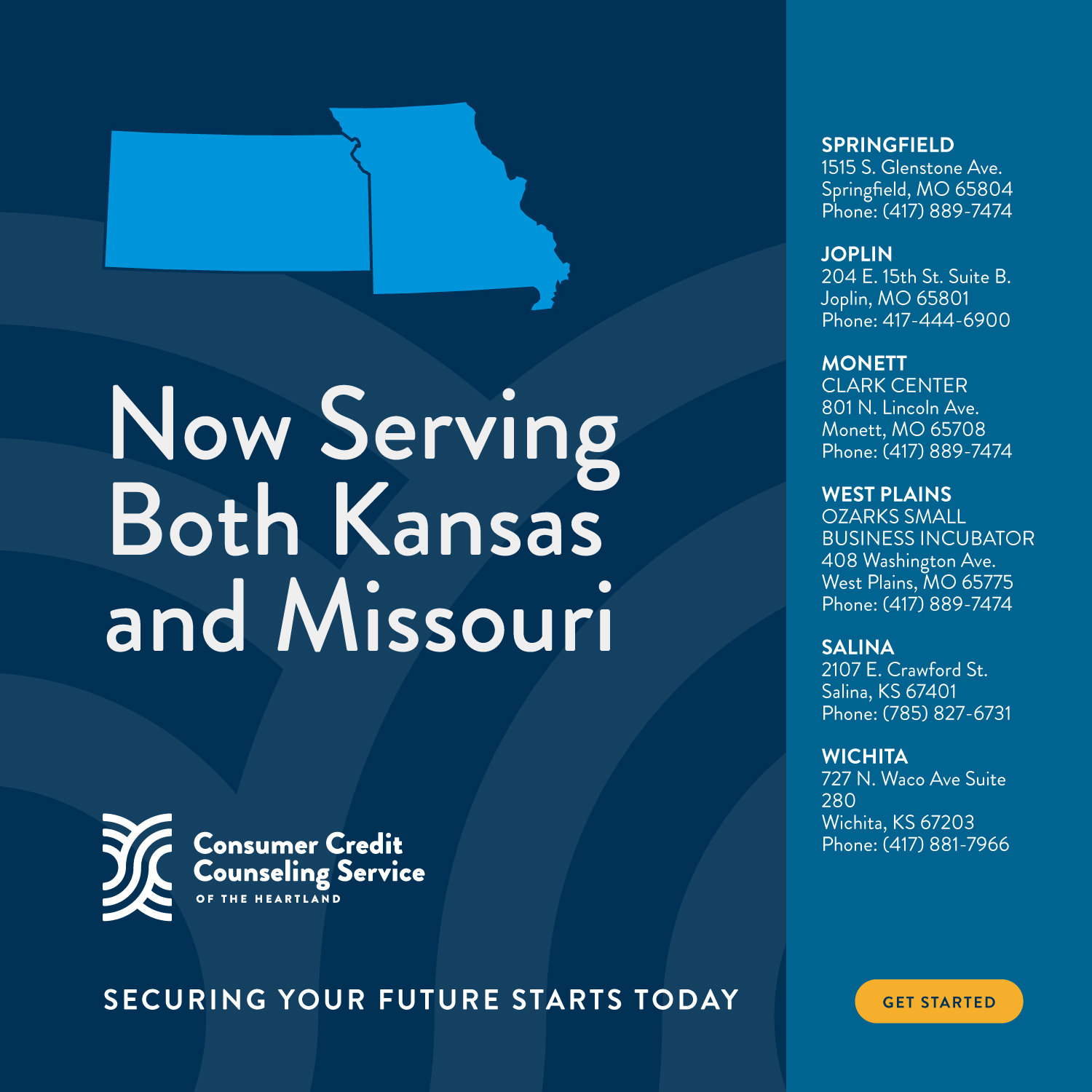Written By: Beth Mincks, NFCC Certified Counselor and Financial Educator
The hardest part about budgeting is getting started! Here are some tips that may help you.
Step One: Look at the last 2 months of your bank statements to see how much your monthly bills are and what you spend your money on. This will help you determine how much you will need to realistically budget for and takes a lot of the guess work out.
Step Two: look at the last 2 months of credit card statements for the same reason as above. It will give you a clear view of where you are spending your money and where you can improve. You will also want to take notice on the statement how much interest you pay per month to each credit card company and start paying the balances down so you pay less interest.
Those 2 steps are a start on putting together a realistic budget.
Step Three: Start tracking all of your daily expenses such as gas, grocercies, eating out, shopping, and so on. This will help you understand where all your money is going, especially if you use cash for all these items. We hear from our clients that they don’t know where all their money goes and they often come up short. Tracking your expenses will give you a great outlook on where you can improve and make conscience spending decisions.
Step Four: Set spending guidelines for yourself and try to stay within them. It is ok to spend money and do the things you love to do but make sure it is feasible within your income and you don’t have to use a credit card. If you consistantly use a credit card for things you love to do because you don’t have enough income then you will need to cut back on other things within your budget. Live within or below your means. Using a credit card is not living within your means.
Step Five: Make a purpose for every dollar that is coming into the household. If you have an income that rarely fluctuates, this will be simple once put into practice. If your income changes from month to month this can be difficult but at least budget for the lower end of the scale. If you end up with more money, decide where you want that money to go.
What I mean by make a purpose is figure out where you want that money to be spent or saved. Write down on paper or use a software for budgeting and deduct your monthly bills (some will need to be estimated until the bill arrives), deduct how much you allot for groceries, deduct how much you allot for childrens allowance, deduct how much you feel you will spend on gas and so on. If you end up with money left over, make a decision where you feel that money should go. It could go into savings, it could go towards a creditor, you may have a birthday party coming up, and the list goes on. This way you KNOW where all the money is being spent and you don’t feel like your money is controlling you anymore.
These steps will get your budget started and put you on the right track. It may not be easy at first but as time goes on it will become second nature.
